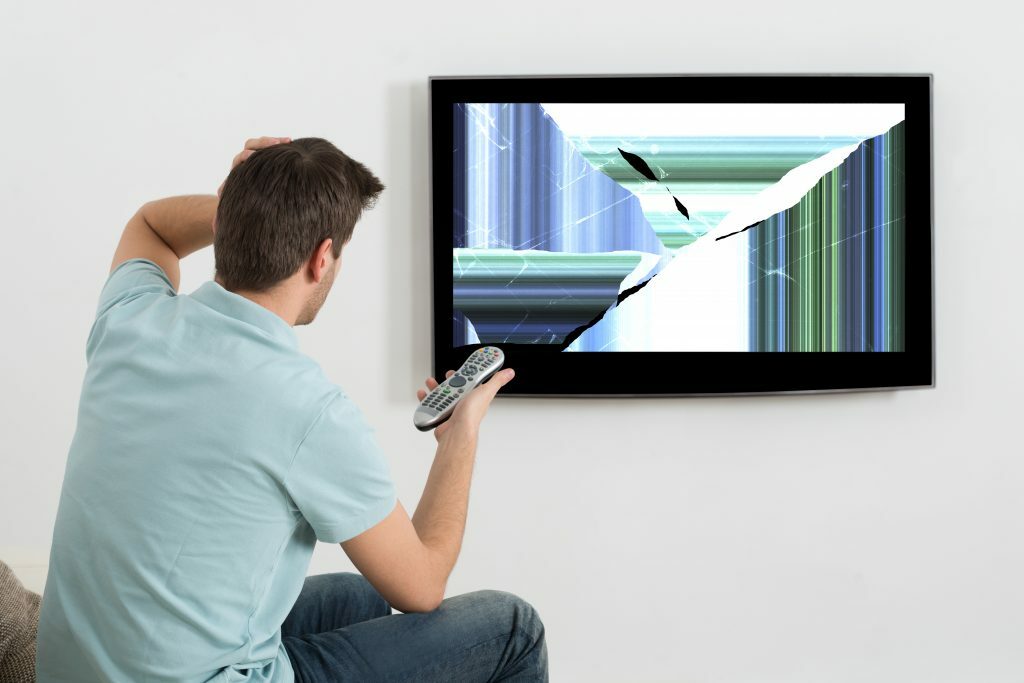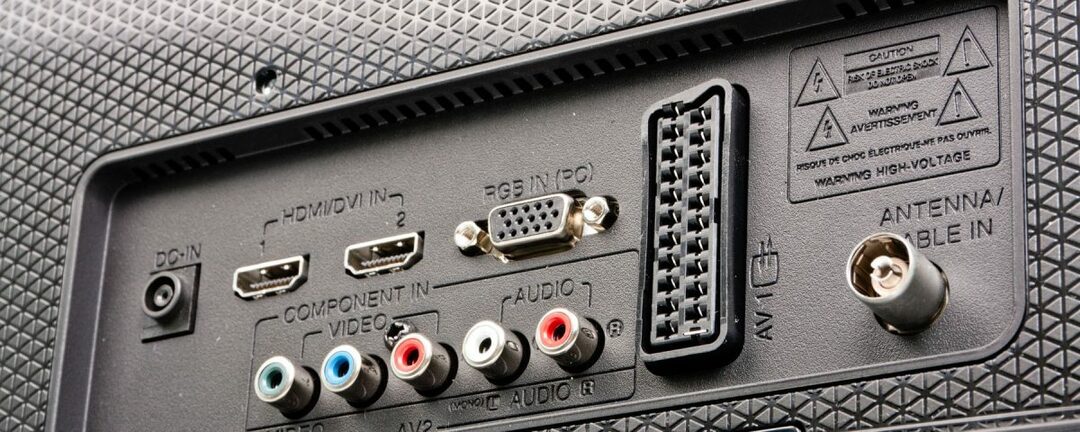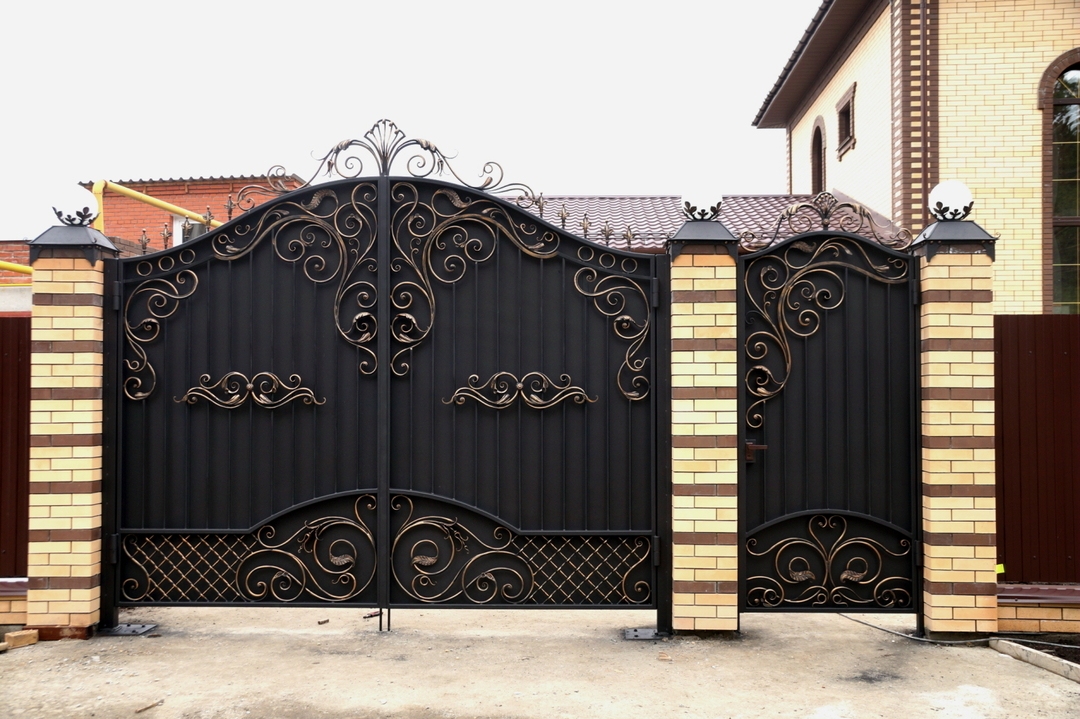Infrequently, DIY repair of LED lamps and chandeliers is required. Let's say you bought out of stupidity in FixPrice, and then suffer with an incomprehensible purchase. Initially, it is found that the LED lamp is relatively small compared to a flexible rod. When you stick this farm in a laptop, it seems that they will now turn out the USB port that powers this miracle. Finally, you manage to get comfortable, and it turns out that the keyboard is not covered completely by the LED lamp. It turns out that it is more profitable just to buy LED light bulbs and shamelessly spend 20 watts on lighting a room.
How to repair LED lamps
LED lamps with a relatively low voltage and low current burn brightly. But not Chinese "zmiya" intended for the USB port. Meaning:
- Two wires fit the corresponding terminals of the LED luminaire connector. The first one sits on the ground, the second one is put on the +5 V bus.
- The entire economy inside the metal flexible corrugation goes to the end of the lamp, where a small LED is attached.
- The improvised light bulb is covered by a small lens, and after a breakdown it looks exactly like in the photo( indeed, this is the broken LED lamp for the USB port purchased from FixPrice. We're going to fix it).

LED lamp for USB-port
Upon closer inspection, it turned out that the white LED inside is connected in series with the limiting resistance of 20 Ohms. Both looked slightly burned or stained with an incomprehensible resin. The resistor rang normally, and the LED refused to light up. When checking on the USB power, then the battery effect remained zero. The closest acquaintance with the LED showed that the design of the device is extremely simple:
- The metal bridge is broken in the middle to form a dip. From the edges under the base of the LED, there are two legs.
- The air from the flask is pumped out.
- A thin bar is thrown across the abyss, resembling copper in color.
- The cathode of the LED is actually larger than the anode, here a glow is produced in the center of the lens( resembling a bullet).
As a result, the conclusion is that the tightness of the LED for unknown reasons turned out to be broken, which was the real reason for the failure of the device. A typical oxidation reaction has occurred. Easier - burning. Now we can say with confidence that the intensity of the glow fell until the USB lamp turned off completely. When studying the technical documentation of analogues( BL-L102UWC) curious facts came to light.
The direct voltage of the LED should not exceed 4.5 V
But the real worker will be 2.7 V. Now it is clear that the resistor plays a limiting role on the current and simultaneously forms a divider with the LED.As a result, the operating parameters are maintained. Of course, nobody gives a direct resistance to the p-n junction of the LED, but it is easy to calculate the indirect way from the current-voltage characteristic. In this case, for example, this is R = 2.7 V / 30 mA = 2700/30 = 90 Ω.When powering the USB bus within 5 - 5.25 V, the voltage drop across the LED will be: U = 5 x 90 /( 90 + 20) = 4.1 V. This barely fits into the allowable range. Thus, the resistor will need to be replaced by at least 90 ohms in order not to overload the element.
You, of course, noticed that the p-n junction resistance of the LED was calculated for a voltage of 2.7 V. But why it cannot be considered for 4.5 V?Below is a table where the current of 30 mA is called the maximum. And in the middle of the night, the authors are not able to get an LED for the experiments to check the correctness of the assumptions. Consider the numbers approximate.
The maximum current limit is 30 mA.
Now let's look at the current. The Data Sheet says that the maximum limit is about 30 mA( according to the W-white table).In a pulse, the peak can exceed this value by 5 times, with a cycle loading factor of 0.1( 10% of the period) at a frequency of 1 kHz. These are impulse responses. But it implies the conclusion that malfunctions of LED lamps of this kind are caused by using too little additional resistance. No wonder it turned black.
Reverse voltage is 5 V
The table indicates that the maximum reverse voltage is 5 V. Some sites have already posted the information that even the tester can punch the LED.In reality, otherwise. Any master will measure the potential difference in the dial test mode, setting the tester properly, and using the additional one to estimate the voltage. Voltage is usually much lower. However, installing a 90 Ohm resistor in series with our LED shields a sensitive element from most hypothetical troubles.
The maximum power dissipation is 120 mW.
This indicates which mode the LED is in. It will not be possible to take and multiply the operating current by the voltage and get the answer in watts. First, part of the energy is converted into light, and secondly, it is difficult to calculate how much power is discharged through the casing of the device into the atmosphere of the room. It is clear only - the more intensively the LED is working, the better it is to cool it.

The scattered power of the light flux
The luminosity of the diode is 10,000 mcd.
The luminosity of the selected LED is 10,000 mcd. How to translate into familiar watts bulbs or less familiar Lm, indicated on the packaging of LED light sources? Conversion is carried out according to the formula: F = I 2 P( 1 - cos( a)), where F is the luminous flux in Lm, I is the luminous intensity in Cd, P = 3.14 is the Pi number;a is the angle of half power( it is clear that less than 180 degrees - the shape of the cathode plane will limit the solid angle).We substituted the value a = 70 degrees and obtained for our luminosity 1000 mKd a value of 11.3 Lm. This means that seven dozen such LEDs with a total power consumption of 8 W will completely replace the overhead lighting. In fact, inside an ordinary light bulb there is a whole matrix of a similar kind of elements. Plus, such a technical solution in complete safety. Luminaires with a supply voltage of 5 V can be used without restrictions even in bathrooms, where alternating current of industrial parameters is prohibited.
It is not recommended to try the LED directly to the USB port, where, according to the standards, the voltage can reach 5.25 V. It is better to use 3 or 1.5 V. batteries.pole( the opposite side of the tablet is smooth).Then the current does not necessarily limit the resistor, which simplifies the process. Given that the standard USB 3 permissible output current is 900 mA, one port can hang a whole string of( 20 - 30) LEDs( for example, a ribbon).This creates ample opportunities for lighting the workplace or part of the room.
The borders of a regular port can be significantly extended using power supplies. Like the one shown in the photo. As you can see, on the case there is an output current of 1.35 A. This pushes the limits. If you multiply 1.35 A by 12 V, you get a value of 15 W for power. This is enough to power a 75 W LED light bulb( more precisely, 10 W of power supply is required).And this is a ready and safe fixture.

Power supply
It turns out, you have to buy a new LED for the price of one third to half of the cost of the entire lamp. We believe this disgusting alignment. USB cable is easy to borrow from the old mouse, and place the LED so that it illuminates the laptop keyboard directly. Suppose, to strengthen at the desired point with the clip. As a result: repair of the LED lamp is unprofitable, it is easier to recreate the design and not to buy the mentioned thing in FixPrice.
Repair LED lamps inappropriate. Inside the base there is an entire driver, a bit simpler than a regular switching power supply. Lamps do not break so often to fill their heads with repair.
LED strips
Today, LED strips are in fashion, it is better not to break them at all. It was mentioned that the p-n junction with the specified thin thread is afraid of overload in the forward and backward directions. Special amplifiers and adapters are used to power LED strips. And for the RGB varieties, the three-channel system. This is a whole science. But, guided by the above considerations, it is quite possible to find a way to power the LED strip from the device shown in the photo. The point is to correctly calculate the current consumption, trying not to exceed the supply voltage.
The industrial standard provides values for providing LED strips with energy: 5, 12, 24, 36, 48 V. For sale there is a product that is both suitable for the source being described and incompatible. Here is the decoding of the system of designations of imported LED strips. Marking consists of the main groups:

LED strip
- Name: LED Strip, Light strip.
- Letter designation type. Sometimes an international standard( ip) protection class is used instead. This helps to understand whether it is permissible to use a similar LED strip, for example, in the bathroom. IP65: SE - coated with a thin layer of silicone, P, PW - tape in a silicone tube;IP67: PGS - tape in a silicone tube filled with sealant.
- CC - current led strip.
- RS - open( non-waterproof) with side( side) glow.
- RSW - waterproof with a side( side) glow.
- RT - open( non-waterproof) with a direct glow.
- RTW - waterproof with a direct glow.
- ULTRA - open high brightness.
- SPI - RGB controlled tape.
- Manufacturer code. For example, the series number, party.
- LED type. Let's say SMD 3528.
- LEDs are different, the color is definitely indicated. Usually in the form of 1 - 3 Latin letters. For example, PW is pure white;Y - yellow( yellow);NW - natural white( natural);WW - warm white. There are no clear standards, any manufacturer makes decoding in its own way.
- Operating voltage is indicated in volts: 12 V;24 V, etc.
- Periodically in the form of 2X indicates the double density of the installation of LEDs.
- Kelvin glow color: up to 3000 K - warm;4000 K - cold tones;over 5000 K - fluorescent lamps.
- Luminosity in Lm on LED.
Occasionally indicate the consumed currents of the LEDs, the color of the base of the tape, the size of the matrix( chips with a set of LEDs) and other parameters. It is clear that in the bathroom you need to take a structure protected from water, for the living room any will come. IP67 class will easily withstand the onslaught of rain, on the tape, made according to IP20 it is terrible to even splash water. There are in GOST indications of the degree of protection of devices: unique for a particular room. IP class is not taken lower than specified in the standard for this type of placement.
Similarly labeled equipment. Amplifiers for color ribbons, remote controls, controllers, etc. will be found on the market. Combining, it is easy to make a set of equipment for the given parameters.


